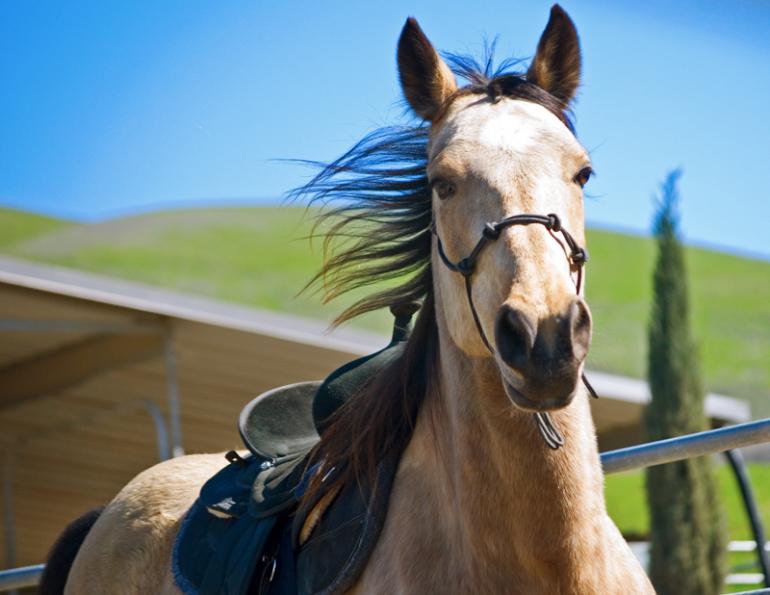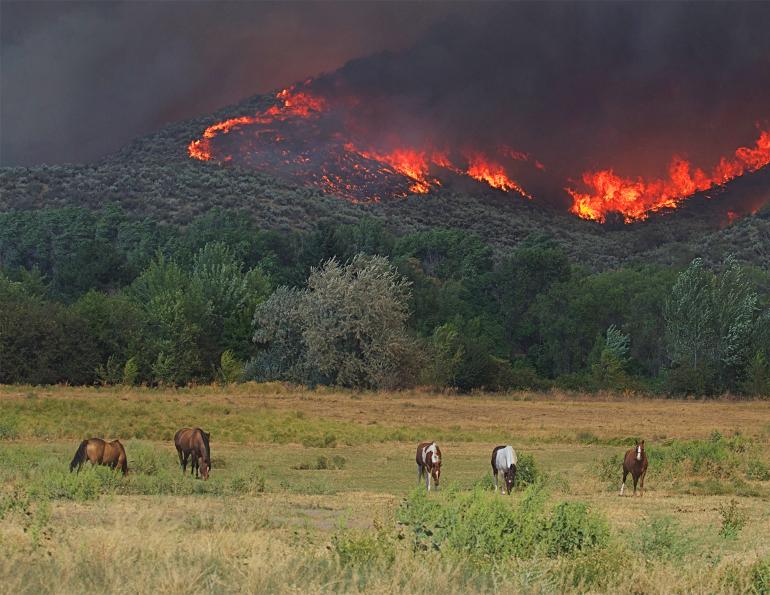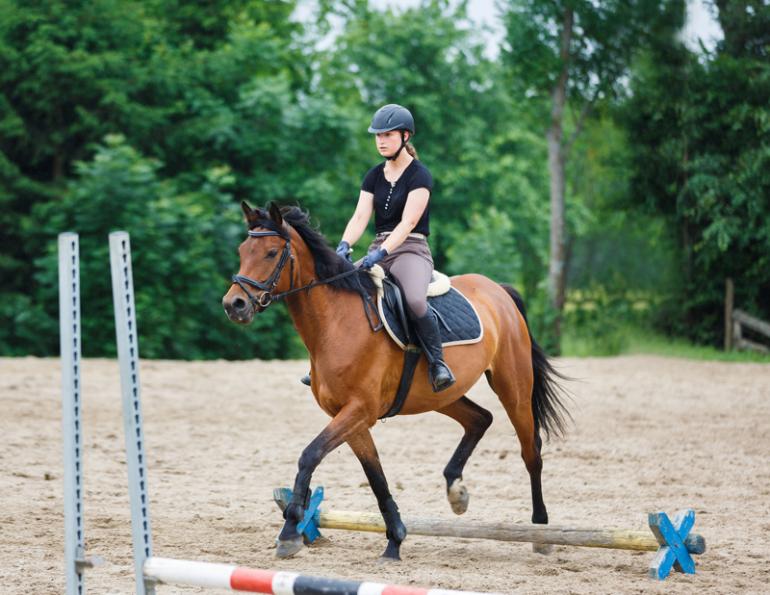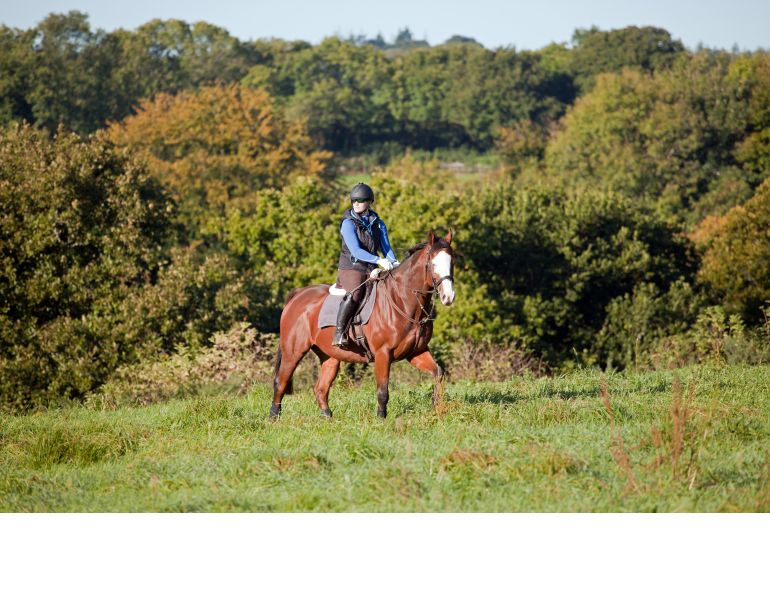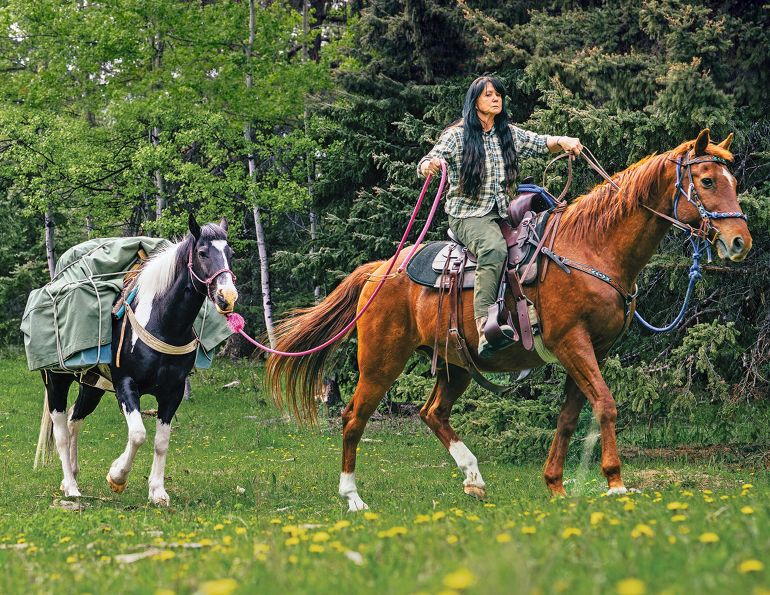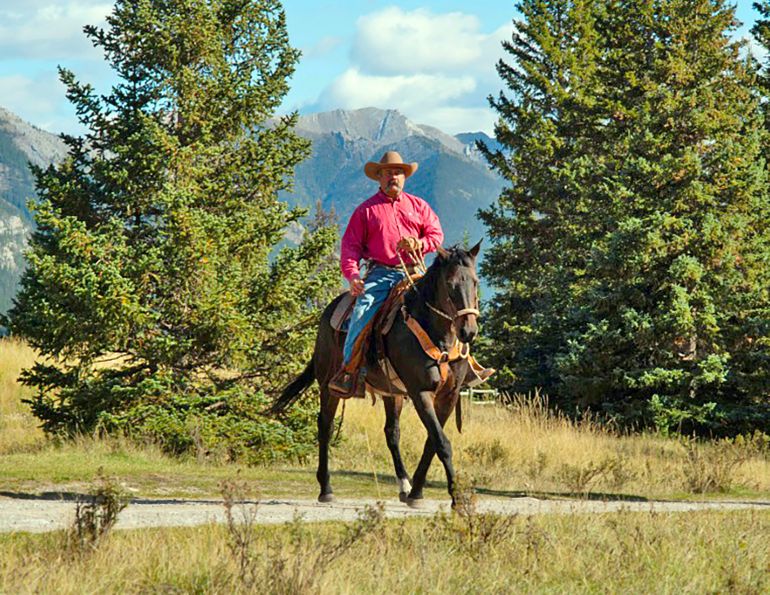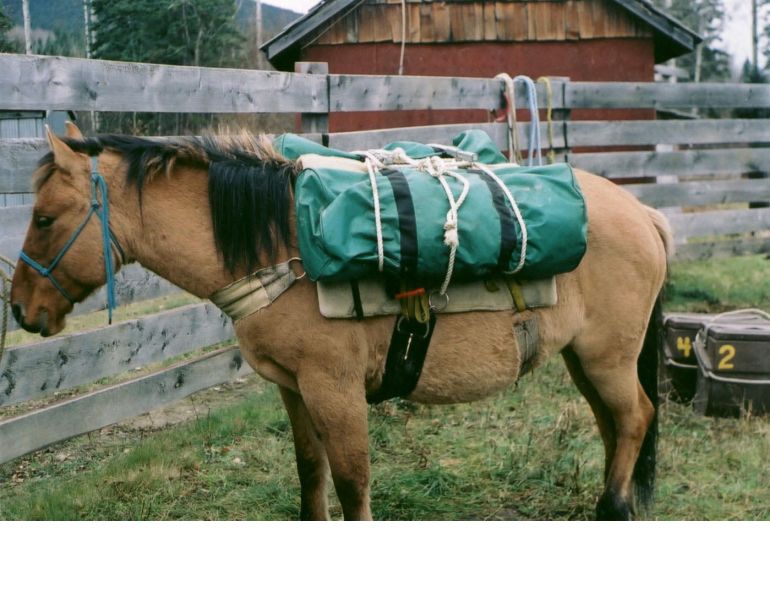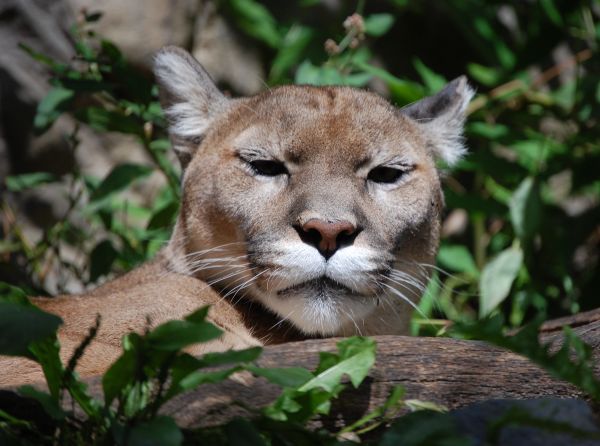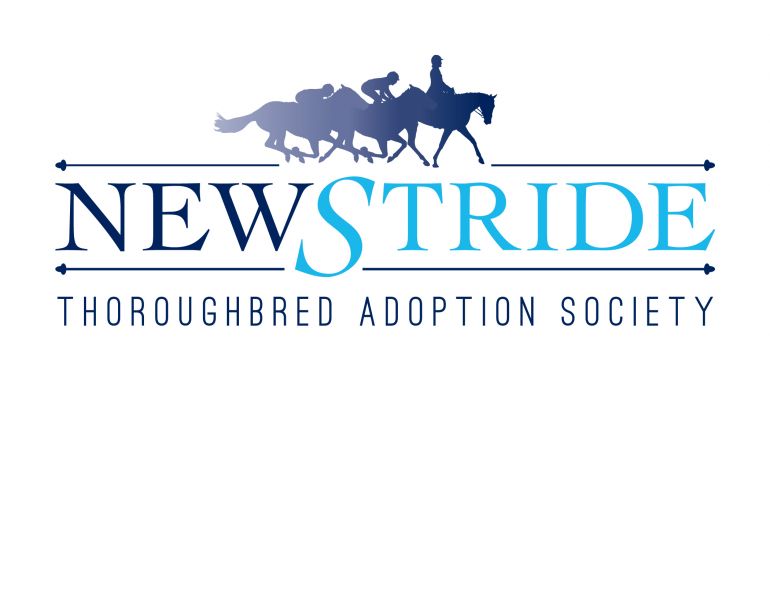By Stan Walchuk, Jr.
Discipline is a touchy subject. Riders and trainers have varying attitudes and techniques when it comes to discipline; combined with the range of horse dispositions, behaviours, and experiences, you can see why diving into this topic is like diving into a can of worms.
One thing most people agree on is that discipline, in one form or another, is absolutely necessary. In fact, if you do not have a handle on discipline, even with a well-mannered horse, his behaviour can, in time, slide down the slippery slope from nuisance, to problem, to dangerous.
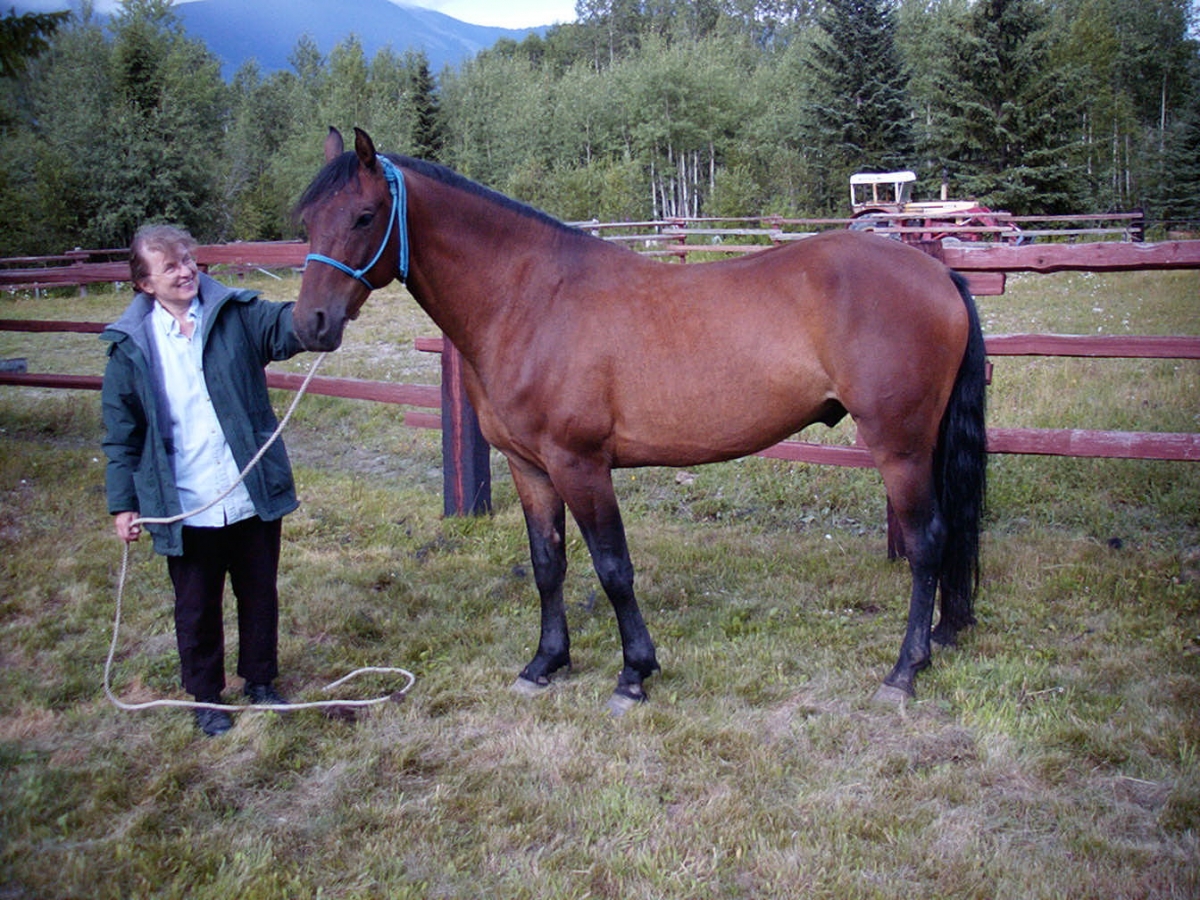
Even well-mannered horses need discipline when they attempt to step over boundaries. Failing to discipline a horse for unacceptable behaviour is an invitation for the horse to test those boundaries even more.
Do not look upon discipline as an event, a confrontation, or a battle. Understand that discipline is a process, just as it is with disciplining a child or a dog. As a process, understand that emotions are not part of the big picture, and they cloud our choices. Poor choices may exacerbate behaviour problems by further confusing the horse.
There are psychological and physical components to discipline. Some maintain that no physical contact is ever necessary and accurately point out that in the herd, errant horses are made to mind their behaviour by being pushed to the periphery, a vulnerable position, by dominant horses. And that our ability to push our horses, make them vulnerable, and join up with well earned respect is the ticket for discipline.
While that may be true, have another look at the same herd and you can see that the choice of discipline may also be a vicious bite or a swift kick. Being physical is a part of the horse’s world. If you choose to ignore that fact, you may also be choosing to ignore that a horse can be big, physical, dominant, pushy, and dangerous.
Make no mistake about it: you can literally love your horse to death. A horse that is raised with lots of love but no clear boundaries of acceptable behaviour will push those boundaries. This lack of discipline and respect towards humans will manifest itself in poor behaviour including crowding space, turning the rear towards people, biting, kicking, and generally being pushy and difficult when asked to respond to pressures during training. Many of these horses do not live long, fulfilled lives.
Often our own gentle natures find us at odds with providing discipline. Love, carrots, and sugar are not the recipe for a happy equine relationship. Love, carrots, sugar, respect, personal space, and the appropriate discipline at the appropriate moment are the recipe for success. Your horse will actually love you more if you use appropriate discipline when necessary, and if you are in control. Even if you buy a horse that is well behaved and better trained than you could create yourself, your daily interactions with him require that you understand and implement discipline or you may lose that well behaved horse, or worse, experience heart wrenching and dangerous circumstances.
Let’s look at discipline itself and some examples of appropriate discipline.
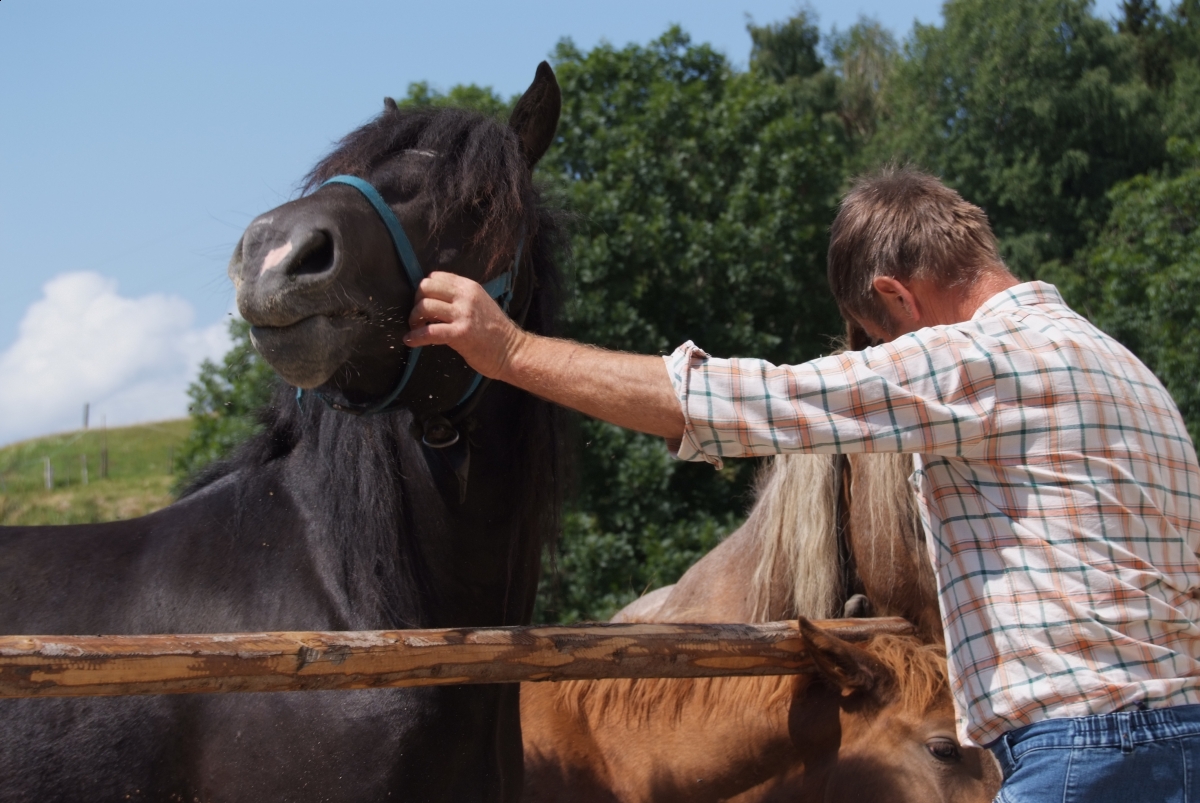
Physical discipline, such as pushing a horse’s head out of your personal space, must be done within three seconds of the behaviour or your horse will not understand why you are disciplining him.
First, although discipline can lean towards psychological or physical, I feel that these elements are interwoven and support each other. Second, if a physical action is appropriate, like pushing the horse’s nose back out of your space, it needs to be immediate. More than three seconds after the infraction is too long and the horse will not understand what the punishment is for. Although it may satisfy your anger, it adds fear and confusion, reduces trust and respect, and undermines the value of your actions in the future. Third, do not believe that because your horse is big and strong you need to counter with big and strong discipline. Respond with the least amount of discipline to get the job done. However, you absolutely must win the moment and the horse must be worked through the bad behaviour or you will lose your status.
This past summer I had a good lesson in discipline. Ironically, the horse was Sunny, a true favourite who has the heart of a lion and is a well-trained, go-anywhere horse. As some friends and I readied our horses at the staging area, I discovered that in my rush to leave home I had forgotten my bridle. So a piece of rope for reins and a rope halter for a headstall did just fine as I plodded along behind the group. Although the headgear was minimal, Sunny and I have known each other a long time, and he knew better than to mess with the dominant human.
Later in the day we got into a tangled mountain slope, an old slide, and the trail continued along faintly. My friends carried on along it, but I thought the trail should wind its way down the valley. As we edged our way down to the stream bottom, Sunny began to act up, distressed that he was being separated from his buddies. Over the years, Sunny and I have ridden off from the herd on many occasions, but always with a bit and bridle. His stubborn behaviour surprised me and the halter offered little control. As soft in the mouth as he is, he was wired with energy, had no desire to respond softly, and I became an unwilling partner in a tug-of-war, a battle between a string rein in my hand and a 1200-pound horse. We were spinning aggressive circles in a tangle of brush and crossed, fallen sticks. Things were getting increasingly out of hand and dangerous. Discipline was needed.
Would slapping the horse at the base of his neck with my hand help? No, he couldn’t have cared less and it would only have exaggerated the frustration. Shouting and hitting is easy to do but it is simply not effective and makes the problem worse.
Watch horses interacting in a herd and you’ll see that their discipline is often physical, delivered in nasty bite or a swift kick.
When a horse is acting up on the trail, wanting to rush back home, pushing the horse in front, or aggressively wanting to change pace to a trot or a run, it is always a good idea to turn the horse, disengage the rear quarters, and make him work circles until he stops the nonsense and is willing to walk off at the proper pace. But I had been turning circles and it did not help. So I dismounted and with the 12-foot lead, lunged him right there in that brushy mess and continued to lunge him until he calmed down and showed the respect required. He was not invited back into my space until he behaved. It worked and we rode off a much happier couple.
Just like a school principal would discipline students differently based on their personality, so it must be with horses. A horse that is acting up may be doing so because he is aggressive, afraid, confused, just being naughty, or a combination of the above. You absolutely must understand the nature of the horse before choosing the appropriate discipline. Horses that are calm, confident, and experienced can handle a little physical reminder, while aggressive physical pressure of any type with a fearful, insecure horse may quickly increase the confusion and fear. If you are cinching up a girth of an experienced horse and he swings his head around and attempts a little bite, then aggressively pushing the nose or face back is a good choice for this naughty behaviour. If you mount the horse and he moves, then you need to dismount and repeat mounting until he stands still.
Always say a firm “no!” when using discipline. In time the word itself will help the horse understand that he needs to behave.
Do not jerk the bridle or bit for any form of discipline.
Gaining control by putting the horse into motion is also good discipline. For example, if the horse moves ahead when he should not, then you may choose to apply pressure to his chest and reins and ask him to move back. You decide when to let him stop and let him back into your space. Similarly, you may set the horse into forward motion and decide when to let him back into your space.
When young horses are raised in a herd, they learn the mechanics of herd discipline. If you raise a foal in isolation or with constant human affection, make sure the limits of acceptable behaviour are clear.
A horse that kicks out during training may do so for a few different reasons. If the horse is being naughty or feisty, there is no need to whip the horse or be aggressive; a few rounds in the round pen or on the lunge line generally convince him to stop the foolish behaviour. However, if he’s an experienced horse that knows better, an aggressive horse, or if the kicking becomes a pattern, then you need to deal with it. Raising your hands and voice and rushing his flank, some whip contact, or using a horseman’s stick with a plastic bag attached to the end are good ways to let the horse know that the behaviour is not acceptable. If the horse is extremely aggressive, actually attacking you, and does not respond to reasonable discipline, then you may need to find a good trainer or a different equine partner.
If the horse is new in training, new to you, fresh in from the field, or very low in hierarchy among other horses, then misbehaving is often a symptom of genuine fear and may be combined with confusion. In these instances you need to be very patient but firm, and continue to complete the task at hand, working through the problem with repetition. Be careful to release pressure with any small success. If you are not sure whether the horse is genuinely afraid, confused, or just testing you, use repetition of simple tasks to give the horse confidence and to instill your presence as the alpha being who is in control.
For example, you are riding circles in the arena and the horse begins acting out by tossing his head, not giving his face, and even crow-hopping. Regardless of whether the horse is afraid, confused, or spoiled, you need to work through the problem by continuing with the activity until the horse settles down and accepts your presence and control. This may mean simply riding through the same exercise repeatedly until the horse accepts it, or it may require dismounting and doing simple ground work until your authority is established, before continuing with the exercise.
With the frightened or confused horse, two things are certain: never use force and strike the horse, and never walk away or quit the activity until you get the desired response and the horse understands that you are in control. Always end these sessions with an affectionate touch. Treats are acceptable.
Trail horses constantly test the borders. If they step over the lines of behaviour that you have clearly drawn for them, you need to remind them of their place with the appropriate discipline. If you do not, they have a free ticket to abuse you further, and they can and will get creative and invent new ways to abuse you.
A touch of preventative discipline can let your horse know exactly what is expected.
For this reason, I always remind the horse prior to our ride with a touch of preventative discipline. It works wonders. For example, when I see a bad place to navigate coming up ahead and do not want the horse crowding my space and stepping on my feet, I dismount ahead of the bad area. I walk out in front of the horse, then turn and give his nose a tap with the end of the lead rope and say “back.” Now there is no question about what I expect.
Do not create problems that you or someone else will have to fix with discipline in the future. I believe that young horses are best raised in the herd where they learn the mechanics of dominance, submissiveness, and herd discipline. If you raise a foal in isolation or with constant human affection, be sure that he also has clear lines of acceptable behaviour. Give him all the love you want but be sure he is not pushing into your space to receive it. Stop nuisance behaviour like nipping and kicking before they become problems. If you are going to touch and rub the friendly young horse, be sure he accepts the touch in all areas including legs, feet, groin, and ears.
Finally, when it comes to discipline, as with all training, know when to release pressure, when to back off, and when to show the horse that it is now behaving properly or has made a step in the right direction. If you continue with aggressive discipline after the horse has begun to respond, the horse will certainly become more confused and not understand, and the problem may become worse and even dangerous.
I hope you had lots of great adventures this past riding season and that you and your horse came through it healthy, happy, and in one piece, as one unit, partners, joined up, alike minded… okay already!
Happy Trails!
To read more by Stan Walchuk on this site, click here.
Main photo: Shutterstock/Horse Crazy



